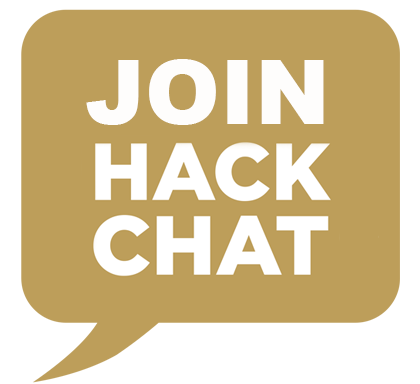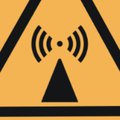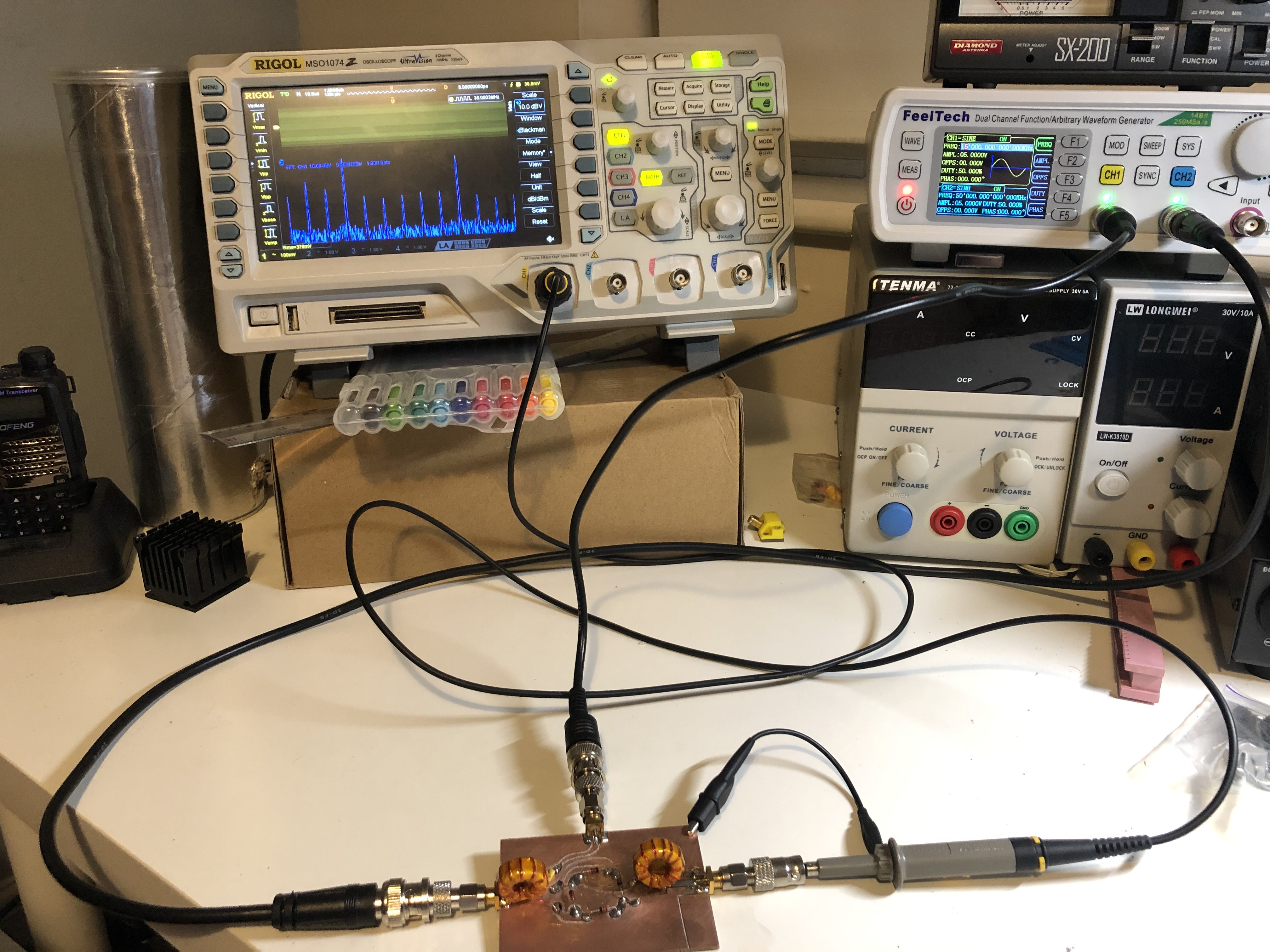Shahriar Shahramian joins us for the Hack Chat on Wednesday, December 18, 2019 at noon PST.
Time zones got you down? Here's a handy time converter!
 No matter how much you learn about electronics, there always seems to be another door to open. You think you know a thing or two once you learn about basic circuits, and then you discover RF circuits. Things start to get a little strange there, and stranger still as the wavelengths decrease and you start getting into the microwave bands. That's where you see feed lines become waveguides, PCB traces act as components, and antennas that look more like musical instruments.
No matter how much you learn about electronics, there always seems to be another door to open. You think you know a thing or two once you learn about basic circuits, and then you discover RF circuits. Things start to get a little strange there, and stranger still as the wavelengths decrease and you start getting into the microwave bands. That's where you see feed lines become waveguides, PCB traces act as components, and antennas that look more like musical instruments.Shahriar is no stranger to this land. He's been studying millimeter-wave systems for decades, and his day job is researching millimeter-wave ASICs for Nokia Bell Labs in New Jersey. In his spare time, Shahriar runs The Signal Path, a popular blog and YouTube channel where he dives tear-downs, explanations, and repairs of incredibly sophisticated and often outrageously expensive equipment.
We'll be sitting down with Shahriar this week for a peek inside his weird, wonderful world of microwaves. Join us with your questions about RF systems, microwaves in the communication industry, and perhaps even how he manages to find the gear featured on his channel.




 A reminder that I'll post a transcript right after the chat, so everyone can refer back to links and such
A reminder that I'll post a transcript right after the chat, so everyone can refer back to links and such







